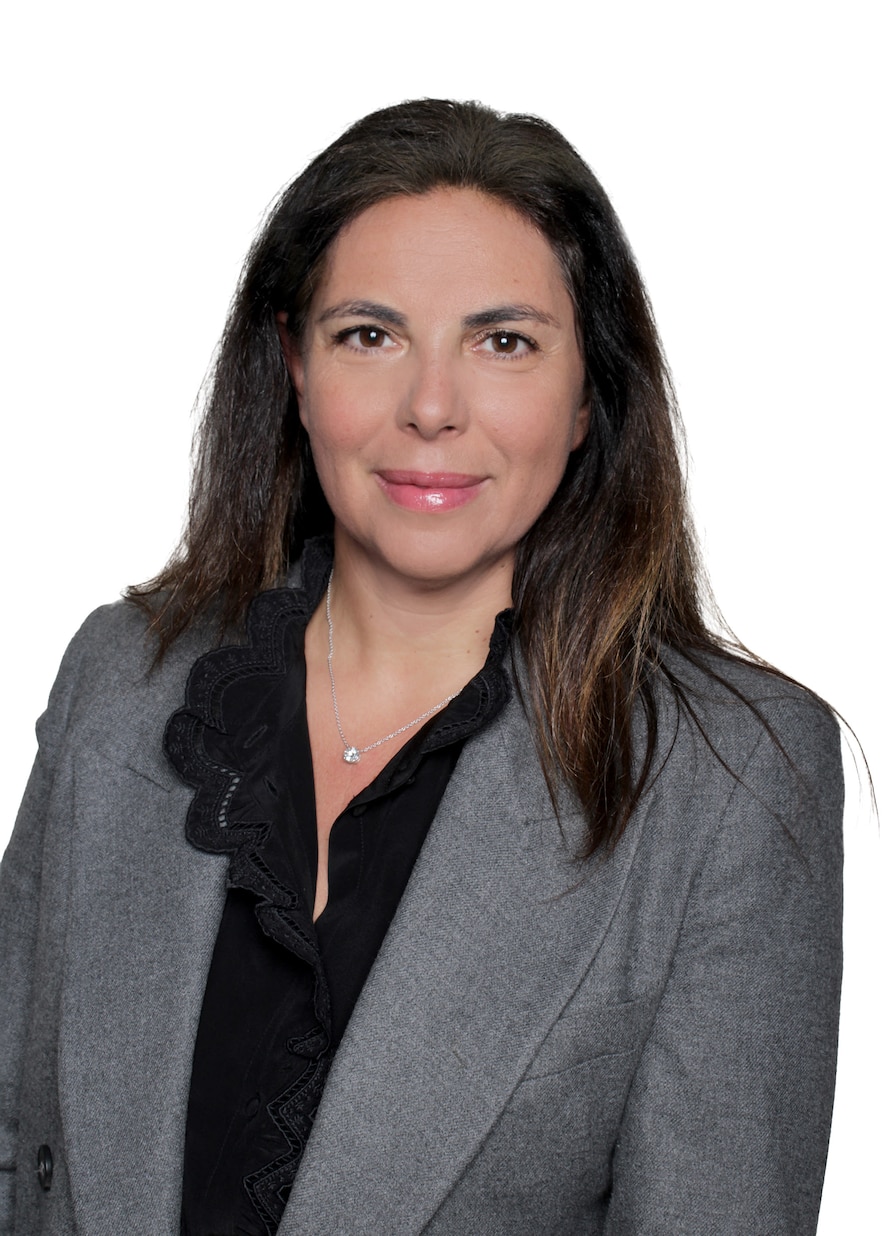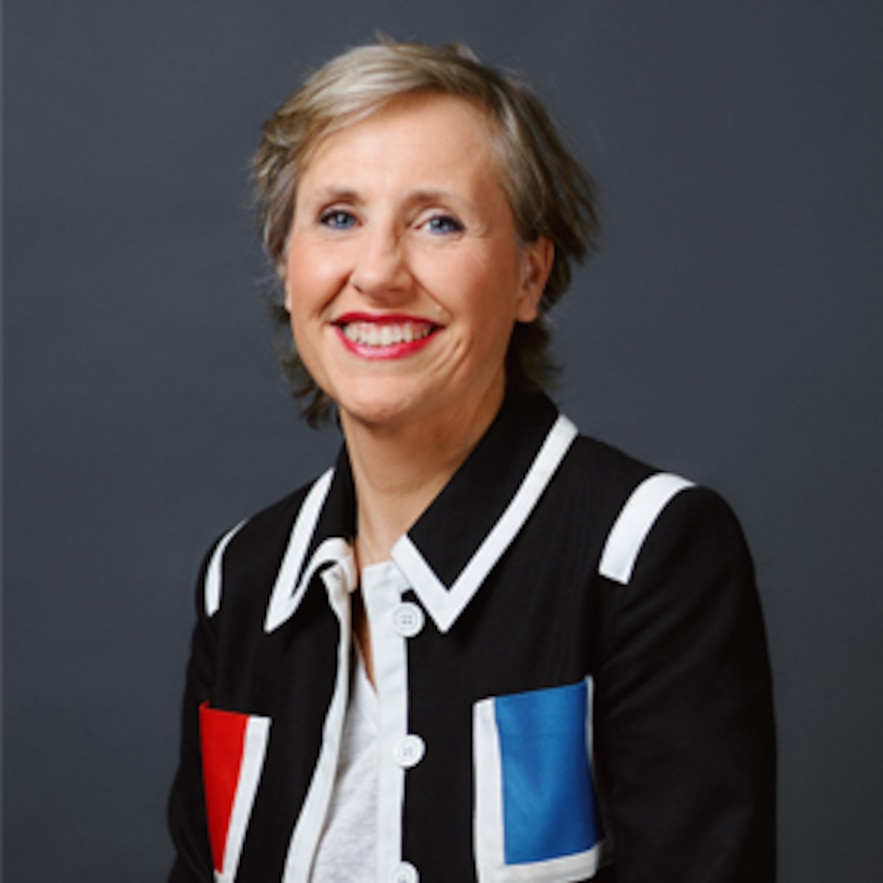Don’t put all your eggs in one basket: let the one who has never heard his advisor repeat this maxim cast the first stone! It is true that diversification is a key concept in wealth management. Which asset classes should you focus on? How much of your assets should you devote to them? Also watch out for scams. Three private bankers gave L’Express their advice on how to improve the overall performance of your portfolio.
“The main driving force behind an art collection is pleasure”
Mathilde Courteault
© / Neuflize OBC
Mathilde Courteault, head of the Art department at Neuflize OBC, reveals the guiding principle to adopt to invest serenely in this very specific field.
L’Express: What diversification investment do you recommend?
Mathilde Courteault: Created twenty-five years ago within the private bank Neuflize, Neuflize OBC Art supports both novices wishing to get started in art and experienced collectors. Our areas of expertise are very broad and cover jewelry, collector cars, paintings, drawings and sculpture – among others. We carry out inventories of collections, support our clients in the sale of their works and also help them in their acquisitions.
What does art bring to heritage?
The main driving force behind a collection is pleasure. Art is about emotion and arbitrariness. Owning a work means having a small part of art history in your home and enjoying it every day! In this sense, it is not a traditional investment, because personal tastes do not always correspond to the pieces that will appreciate the most over time. Aiming solely for added value can also lead to great disappointments, especially since the market is difficult to predict: artists who are very popular today may be less appreciated in ten years. It is interesting to note that it is currently sales of major private collections that attract the most attention. Buyers are looking for the “collector’s eye”, the consistency that he has given to his acquisitions throughout his life.
However, investing in art also allows you to diversify your assets with tangible assets. From a certain amount, it is natural to think about reselling. To buy well, two main rules must be followed. First, you must focus on artists recognized by the market, with a rich and diversified body of work, represented in cultural institutions or museums and large private collections. Second, always prefer a very high quality work, with an impeccable pedigree, to several works of average quality. This does not guarantee a capital gain in the long term, but considerably limits the risk.
Is it suitable for everyone?
Buying art of course depends on your financial means because prices can reach peaks, but it is possible to find very beautiful pieces at affordable prices. However, you should not invest beyond your means, because profitability is never guaranteed. It is also important to have the ability to adjust your budget to acquire the work that you really like.
How to go about it in practice?
Often, the first purchases are timid and concern inexpensive objects, then the collector evolves and his tastes assert themselves. It is preferable to avoid mono-collection to limit the risks. Having time ahead of you is just as essential: it generally takes a generation for an artist to be fully recognized. This is not a market where one can hope to obtain quick gains. As such, we follow the evolution of tastes and trends to advise collectors on the opportunity to make arbitrages within their collection and this, at the opportune time.
“Private equity, a major source of performance”

Pascale Seivy
© / Lombard Odier
“Financing unlisted companies is a profitable investment, but requires tying up capital for at least ten years,” recalls Pascale Seivy, Sales Director France of Lombard Odier.
L’Express: What diversification investment do you recommend?
Pascale Seivy: Over the past fifteen years, we have developed expertise in private equity (or capital investment, i.e. financing unlisted companies), which has enabled Lombard Odier clients to invest in more than 5,500 unlisted companies. Choosing an unlisted company is tangible for investors and allows them to invest outside the stock markets. 87% of American firms are not listed on the stock exchange!
What does private equity bring to a heritage?
It allows you to participate in the real economy and benefit from the growth prospects of companies before they go public. In recent years, it has been a major source of performance. It is an illiquid investment that allows you to obtain a performance bonus due to this lack of liquidity. According to Cambridge Associates, this type of fund has generated an average return of 16% per year over the last forty years. However, performance varies depending on the strategy chosen and the maturity of the targeted company.
For example, venture capital finances very young and risky companies, with an expectation of higher profitability. On the other hand, development capital invests in already profitable structures wishing to grow, presenting a lower level of risk.
Is it suitable for everyone?
Yes, provided you have a suitable time horizon. This category of investments has become much more democratic and there are now accessible vehicles with a much lower entry ticket than before. This allows savers looking for tangible and understandable investments to participate in this adventure. However, it is important not to need the amount allocated to this investment in the short term, because the capital is generally tied up for ten years or more, while exit strategies are finalized.
The life of a fund traditionally follows two phases, forming a J-shaped curve in terms of performance. First, the investor commits an amount. The manager calls up the capital as needed over three to five years. The second phase, called distribution, allows the manager to start withdrawing capital from the companies as objectives are met. This can be done through resales or IPOs, thus redistributing the gains to the investor.
How to go about it in practice?
We generally recommend investing 5 to 10% of your financial assets in private equity. The best strategy is to go through a fund. In wealth management, it is often necessary to provide 100,000 or 200,000 euros. It is preferable to rely on a wealth manager who will offer rigorously selected vehicles. Indeed, in the unlisted world, the dispersion of performances is greater than in the listed universe, making the choice of managers essential.
For more modest assets, it may be interesting to invest via funds of funds. These are diversified in terms of managers, sectors and geographical areas, but also investment vintages. At Lombard Odier, we have adopted a very selective approach: we offer our clients in-house funds, but we also select external funds from the best managers, thus offering a complete range.
“Infrastructures are driven by four megatrends”

Claire Roborel de Climens
© / BNP Paribas Wealth Management
Financing of these assets essential to society is booming, underlines Claire Roborel de Climens, Head of unlisted and alternative investments at BNP Paribas Wealth Management.
L’Express: Why do you recommend investing in infrastructure?
Claire Roborel de Climens: At BNP Paribas Wealth Management, we firmly believe in unlisted assets and have been pioneers in providing private clients with access to these investments, starting with private equity. Infrastructure financing is more recent, with our first offering launched three or four years ago. Historically, these funds had very long-term investment horizons (minimum fifteen to twenty years), which were difficult to reconcile with the constraints of private clients. However, in recent years, products with lifespans of ten to twelve years and value creation strategies have emerged.
This investment is driven by four megatrends: decarbonization (renewable energies, energy efficiency); deglobalization (local production units, energy security); digitalization (infrastructures linked to data consumption, with in particular the development of artificial intelligence) and demographic change (urbanization, waste treatment, transport and social infrastructure such as daycare centers and clinics).
What do infrastructures bring to heritage?
They offer good visibility and generate regular income. Moreover, among large institutional investors (insurers, pension funds, etc.), the share of investments in infrastructure has increased from 3 to 6% in ten years. For individuals, this is still emerging, but we are seeing growing interest due to the diversification that this asset class brings to a portfolio, including compared to traditional private equity. This renewed interest can also be explained by the ability of infrastructure to hedge against price increases, thanks to long-term contracts indexed to inflation. In addition, this investment is decorrelated from other asset classes and proves resilient in times of crisis. Funds generally aim for a double-digit internal rate of return (IRR).
Is it suitable for everyone?
This investment attracts individuals because it concerns assets essential to society and daily life. However, the minimum investment amounts remain high, which can be a deterrent. In addition, it is a diversification investment, long term, illiquid and risky. It is therefore necessary to invest with full knowledge of the facts.
How to go about it in practice?
We have created “feeder” vehicles to access these funds, normally dedicated to institutional investors with entry tickets of around 10 million euros. Regulatoryly, these feeder funds can be subscribed from a minimum of 100,000 euros. We are also studying the possibility of offering a unit of account, accessible via life insurance, with a much smaller amount. We are also considering launching an evergreen fund, i.e. open and semi-liquid. Compared to closed vehicles, the latter offer a little more flexibility, even if they remain long-term vehicles.
As with all unlisted asset classes, it is essential to be cautious and very selective in the choice of the support. At BNP Paribas Wealth Management, we examine the performance histories of managers and favor those who have already gone through crises. We note a significant performance gap – of the order of 8% per year – between the best and worst performing funds.
An article from the special report “The best investments for the start of the school year”, published in L’Express on September 19.
.
